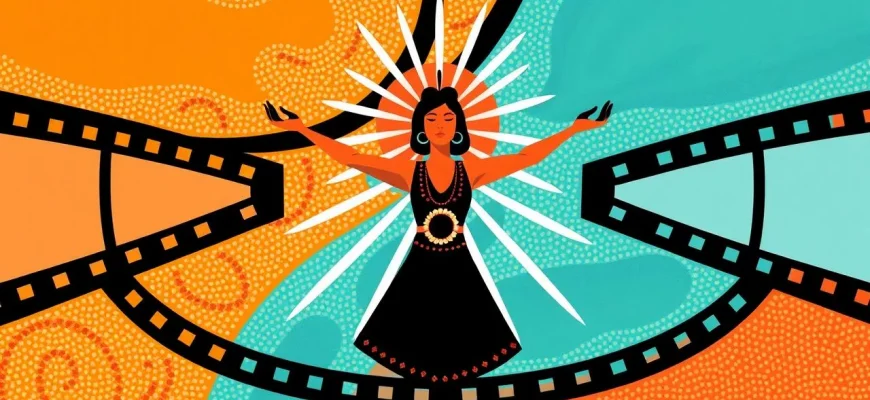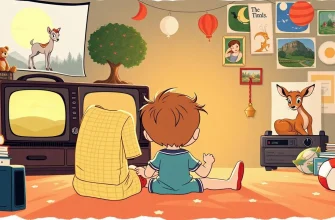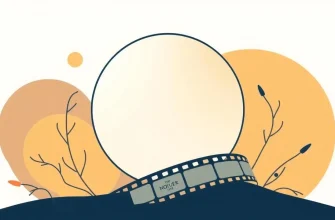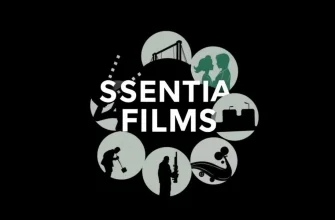This curated collection of films delves into the vibrant world of Aboriginal cinema, showcasing the resilience, culture, and unique perspectives of Indigenous peoples. These films not only entertain but also educate, providing a window into the lives, struggles, and triumphs of Aboriginal communities. From historical dramas to contemporary narratives, this selection offers a profound insight into the rich tapestry of Indigenous storytelling.
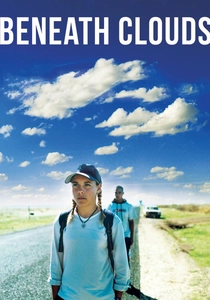
Beneath Clouds (2002)
Description: This film follows two teenagers, one Aboriginal and one of mixed descent, as they journey across the Australian landscape, exploring themes of identity and belonging.
Fact: It was the debut feature film of director Ivan Sen, who also wrote and edited the movie.
 Watch Now
Watch Now
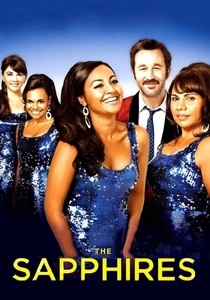
The Sapphires (2012)
Description: Based on a true story, this film follows four Aboriginal women who form a soul group and tour Vietnam during the war, showcasing their talent and resilience against racial prejudice.
Fact: The film was inspired by the real-life group of the same name, and their music was a significant part of the Australian music scene in the 1960s.
 Watch Now
Watch Now
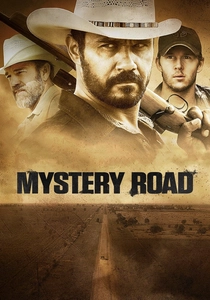
Mystery Road (2013)
Description: This neo-Western mystery film features an Aboriginal detective investigating a murder in the outback, uncovering layers of corruption and racial tension.
Fact: The film was followed by a sequel, "Goldstone," and a TV series, expanding the narrative universe.
 Watch Now
Watch Now
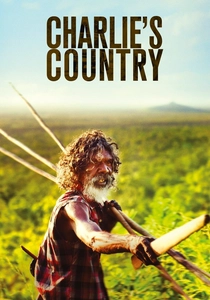
Charlie's Country (2013)
Description: Starring David Gulpilil, this film examines the life of an Aboriginal man who struggles with the cultural clash between his traditional ways and the modern world imposed by white society.
Fact: David Gulpilil, who plays Charlie, also co-wrote the screenplay, bringing a personal touch to the narrative.
 Watch Now
Watch Now
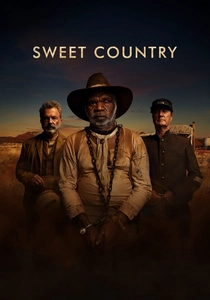
Sweet Country (2017)
Description: Set in 1929, this film tells the story of an Aboriginal stockman who kills a white station owner in self-defense and must flee across the outback, sparking a manhunt.
Fact: The film won the Special Jury Prize at the Venice Film Festival for its depiction of racial injustice.
 Watch Now
Watch Now
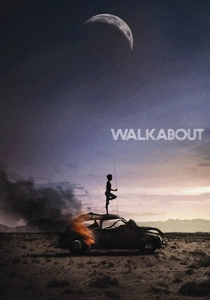
Walkabout (1971)
Description: A British film where two children, lost in the Australian outback, encounter an Aboriginal boy on his walkabout, learning about survival and cultural differences.
Fact: The film was shot on location in the Northern Territory, with much of the dialogue improvised by the actors.
 Watch Now
Watch Now
The Tracker (2002)
Description: Set in 1922, this film explores the relationship between an Aboriginal tracker and a group of white men as they pursue an Aboriginal fugitive. It highlights the racial tensions and injustices of the time.
Fact: The film uses paintings by Peter Coad to depict scenes of violence, providing a unique visual storytelling method.
 30 Days Free
30 Days Free

Rabbit-Proof Fence (2002)
Description: This film follows the true story of three Aboriginal girls who escape from a government camp where they were forcibly taken from their families under the policy of the Stolen Generations. It's a poignant tale of survival and the quest for home.
Fact: The film was shot in Western Australia, following the actual route the girls took. It was also the first feature film directed by Phillip Noyce to be entirely filmed in Australia.
 30 Days Free
30 Days Free

Ten Canoes (2006)
Description: A unique blend of documentary and narrative, this film tells an ancient story from the Yolngu people of Arnhem Land, using both black-and-white and color to differentiate between the past and present.
Fact: It was the first Australian feature film to be entirely in an Aboriginal language, with English subtitles.
 30 Days Free
30 Days Free
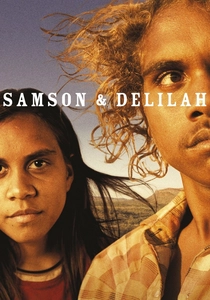
Samson and Delilah (2009)
Description: This film portrays the lives of two young Aboriginal people living in a remote community in Australia, dealing with issues like substance abuse, poverty, and cultural identity.
Fact: The film was shot with non-professional actors from the community, providing authenticity to the portrayal of life in the outback.
 30 Days Free
30 Days Free

